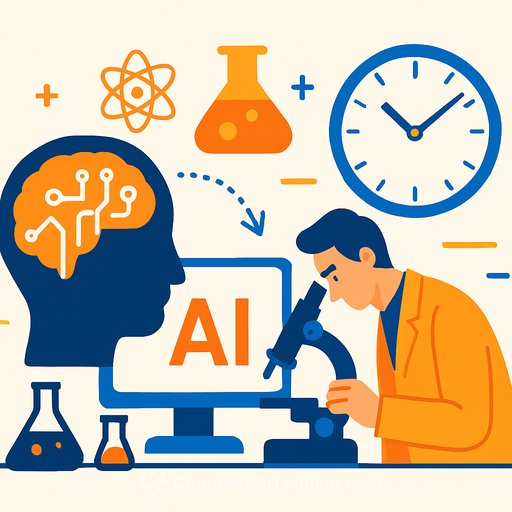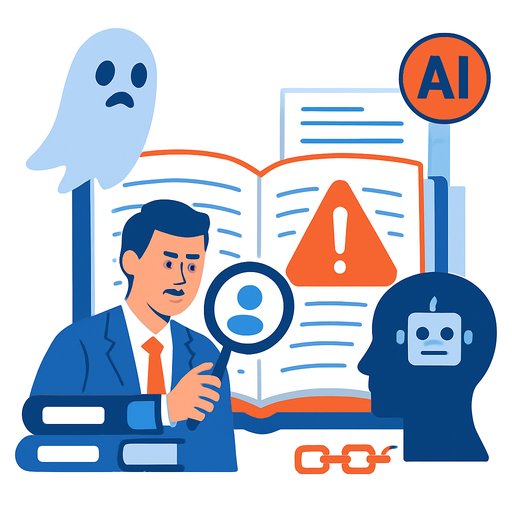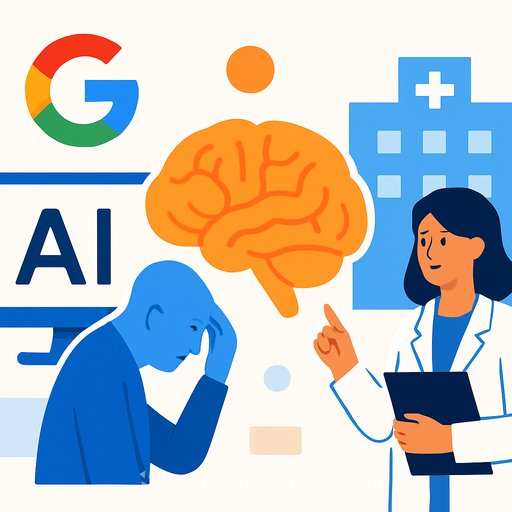AI Cuts Scientific Discovery from Decades to Minutes
The toughest mathematical challenges in science have long slowed progress in fields like physics, chemistry, and climate science. Now, artificial intelligence is transforming this landscape by reducing complex equation-solving times from years or decades to mere minutes. Researchers who once had to wait years for sufficient computing power or new methods can now solve these problems in an afternoon.
This shift is detailed in a comprehensive 500-page review highlighting how machine learning algorithms are reshaping areas such as drug design and climate modeling.
Cracking Science’s Equation Challenge
Natural sciences study phenomena across quantum, atomic, and continuum scales, each governed by intricate differential equations. Dr. Shuiwang Ji of Texas A&M University explains that understanding these different scales requires tackling complex math that grows exponentially with system size.
Take Schrödinger’s equation as an example: it works well for a few particles but becomes unsolvable for millions due to the explosion of variables. Traditional numerical methods still require weeks of computing on supercomputers and provide limited accuracy. This bottleneck hinders progress in areas like battery innovation and catalyst development.
Training AI to Solve Hard Math Faster
Machine learning models trained on existing solutions detect patterns that humans often miss. Once trained, these models predict outcomes—like wave functions or fluid pressures—for new systems in seconds, matching traditional solvers with impressive accuracy.
Unlike traditional black-box models, the latest AI architectures incorporate physical symmetries, ensuring outputs remain consistent under rotations or reflections. This design not only speeds up calculations but also makes predictions more reliable by respecting conservation laws.
The review covers advanced techniques such as equivariant graph neural networks, where atoms are treated as nodes and bonds as edges. Large language models that write simulation code on demand are also in use, including at Texas A&M’s R AISE Initiative. One notable achievement: a graph neural net replicated a month-long density functional theory simulation in under ten minutes on a laptop, making computational chemistry accessible in a classroom setting.
Real-World AI Science Breakthroughs
- AlphaFold’s 2021 release predicted approximately 200 million protein structures in about a year, enabling biologists to plan experiments within hours instead of months.
- Materials scientists use graph networks to screen millions of battery electrolyte candidates, narrowing down to a few for costly lab tests. Early prototypes have extended lithium-ion battery lifetimes beyond 3,000 charge cycles.
- Climate modelers integrate neural solvers into global circulation models, reducing daily energy costs by 40% while preserving accurate storm tracking. This allows for more extensive exploration of emission scenarios.
Recognizing AI’s Limits in Scientific Discovery
Dr. Ji emphasizes the need for rigorous benchmarks, uncertainty quantification, and open data to ensure reproducibility. Many frontier science areas, like fusion plasma turbulence or rare earth magnet phases, suffer from scarce data. Researchers combine sparse measurements with simulations to fill gaps, though this can introduce biases.
Ethical concerns are also significant. AI that accelerates drug discovery could be misused to design toxins. Leading research groups recommend real-time screening of AI-generated molecules against pathogen threat databases before synthesis requests are processed.
Collaboration: The Key to Progress
No single lab can cover the vast challenges of quantum, atomistic, and continuum problems alone. The comprehensive review itself is a product of collaboration among over fifteen universities and more than sixty researchers.
The RAISE Initiative at Texas A&M brings together computer scientists, chemists, geologists, and engineers using shared communication platforms to reduce duplicated efforts and foster joint projects. Industry partnerships provide curated data and early access to improved models, while startups offer cloud APIs that let small labs run advanced quantum chemistry simulations without owning expensive hardware.
What’s Next: Science Discovery at Machine Speed
In the near future, AI solvers will become as common as spreadsheets for everyday researchers. The critical question will shift from trusting AI outputs to focusing on deeper scientific questions and creative exploration.
Young scientists may spend less time debugging legacy code and more time formulating novel hypotheses. Experienced engineers can iterate faster without waiting for long computing queues. Historically, when a method reduces costs by an order of magnitude, it sparks a surge in experiments that were previously impractical.
Faster simulations also benefit policymakers by enabling stress tests of infrastructure against many climate or seismic scenarios, supporting designs that protect communities rather than relying on average assumptions.
Dr. Ji’s team views teaching AI the language of physics as a way to advance science through better questions, not just quicker answers.
For those interested in expanding their AI skills in scientific contexts, exploring Complete AI Training’s courses by skill can provide practical knowledge applicable to these advances.
Your membership also unlocks:






